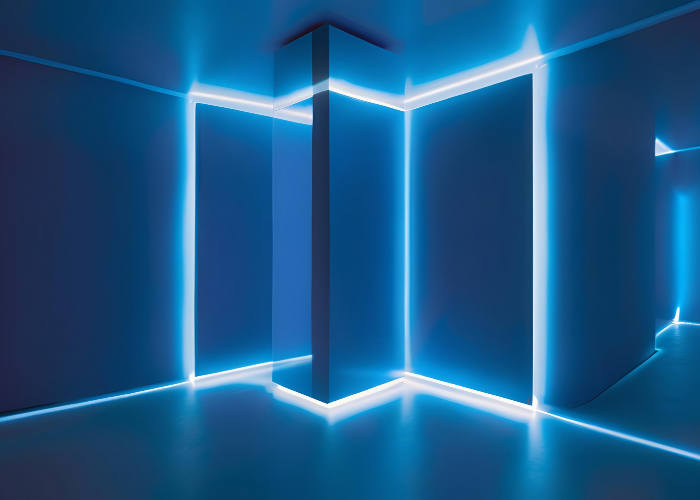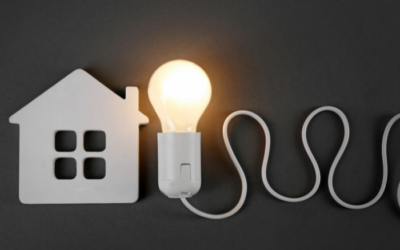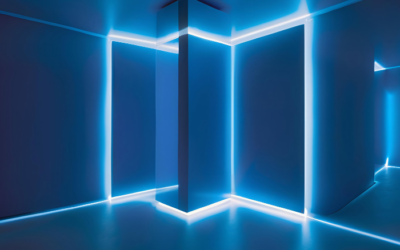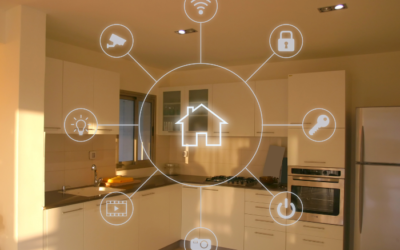Interior design is constantly evolving, responding to technological advancements as well as changing social and economic conditions. This chapter explores the innovative technologies, materials, and approaches that will shape the future of interior design.
Future Trends in Interior Design: Smart Home Design
Technological progress brings innovative solutions that simplify daily life and transform interior design. Smart homes allow technology to be integrated into the management of interior spaces.
Automated Control Systems: Smart home control systems like Alexa or Google Home allow users to manage various home functions—from lighting and heating to security systems. Designers increasingly integrate smart technologies into their projects to provide users with convenience and greater control over their homes.
IoT (Internet of Things): Smart home devices use IoT technology, enabling multiple devices to connect to the internet and be controlled from a single platform. For example, a smart refrigerator can notify users of low food supplies or automatically adjust temperature to save energy.
Energy-Efficient Systems: Smart systems that manage heating, ventilation, and lighting help reduce energy consumption by optimizing conditions. For instance, lighting can automatically adjust based on the availability of natural light, lowering electricity costs.
Virtual and Augmented Reality in Design (VR & AR)
Virtual and augmented reality technologies are transforming the design field by allowing designers and clients to visualize projects before implementation.
Virtual Reality (VR): VR technology enables clients to “enter” their future home or office even before construction begins. Designers can present 3D interior models showing the actual look of the space, which helps clients understand the project better and make quick adjustments.
Augmented Reality (AR): AR allows clients to overlay virtual elements onto real spaces. For example, with AR, a client can see how a new piece of furniture would fit in their room before buying it. This saves time and prevents design mistakes.
Testing Design Effects: VR and AR technologies allow testing of different design elements such as colors, materials, or lighting. Designers can show clients multiple visual or stylistic options, helping them make informed decisions.
Personalized Interior Design
A personalized approach is becoming a key trend in interior design, as clients increasingly seek unique environments that reflect their individual personalities.
Customized Furniture: Clients now prefer furniture tailored to their space and preferences. Technological advancements enable the creation of custom furniture designs that reflect the owner’s character and fit the space perfectly.
Mixing Personal Styles: Many clients prefer not to follow a specific style rule but instead combine various design elements and styles to create a unique interior. Designers help blend eclectic styles that align with clients’ tastes.
Personalized Design Process: With the help of digital tools and VR technology, clients are now more involved in the design process. They can actively participate in decision-making regarding details and changes.
Growth of Modular Design
Modular design is becoming one of the most relevant trends in the coming years, as it allows spaces to adapt to different needs and fast-changing environments.
Multifunctional Spaces: Modular design enables the creation of multifunctional spaces using movable or easily adjustable elements. For example, a single room can function as an office during the day and a relaxation zone at night with foldable furniture and movable walls.
Modular Furniture: Modular furniture allows users to rearrange and customize their interiors based on changing needs. Examples include sofas that can be separated and reconfigured, or tables that can be expanded or folded to save space—these will be vital in modern design.
Dynamic Space Transformation: Modular solutions make it possible to transform spaces without major renovations or construction. This is especially important in small apartments or offices where space optimization is a priority. These solutions offer maximum flexibility, creating “living” spaces adaptable to different purposes.
Integrating Sound and Vibration into Interiors
In the future, sound and vibration will play a larger role in interior design, adding a new sensory dimension and interactive experiences.
Acoustic Design: Sound quality in interiors will become a priority as more attention is given to acoustic control in homes and offices. Acoustic panels, sound-absorbing materials on walls and ceilings help reduce noise and create a peaceful, focused environment.
Sensory Vibrations: Technological innovations allow vibrations to be embedded into interior elements, creating new sensory experiences. For example, benches and walls in minimalist spaces can emit relaxing vibrations that support meditation or relaxation.
Creating Sensory Environments: Designers are exploring new methods that integrate sound and vibration technologies into interiors to promote calmness, focus, and creativity. This creates not just visual but multisensory environments that improve health and comfort.
Advanced Materials in Design
New materials used in interior design are transforming both functionality and aesthetics. Advanced materials enable stronger, eco-friendly, and smarter design solutions.
Bioplastics and Eco-Friendly Materials: Bioplastics made from plant-based sources are becoming common in interior design as sustainable and eco-conscious options. These materials are environmentally safe, durable, and multifunctional.
Smart Materials: Materials that adapt to environmental changes are becoming the norm. For instance, wall coatings that change color or temperature based on room conditions, or floors that react to footsteps and heat up automatically.
3D-Printed Furniture: The development of 3D printing is becoming an integral part of future design. Designers can create fully 3D-printed furniture from innovative materials. This allows for high levels of customization and the creation of unique shapes and aesthetic solutions.
Adaptive Reuse in Design
In the coming years, more emphasis will be placed on transforming existing spaces and buildings through innovative reuse rather than new construction.
Rebuilding Old Structures: Adaptive reuse involves converting old or unused buildings for new functions. For example, abandoned factories can be transformed into modern office spaces or residential units using industrial-style elements.
Eco-Friendly Transformation: The adaptive reuse process incorporates ecological solutions by preserving old structures…
(The last paragraph seems cut off—please share the ending if you’d like me to continue translating it.)
